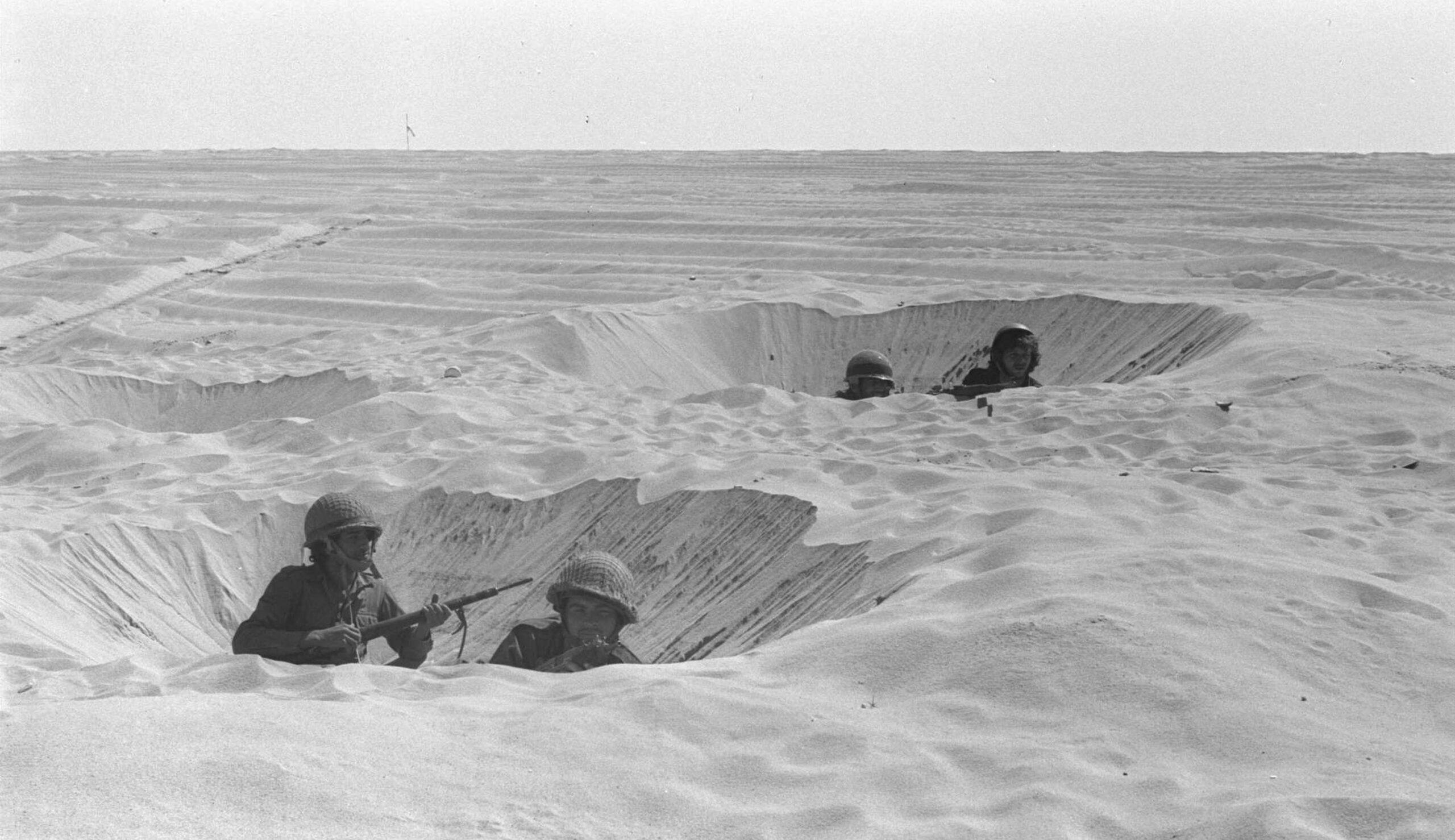Surveying the results of the Tuesday’s election, Liel Leibovitz draws several lessons, including one about the demise of the country’s left:
In 1992, the year before the Oslo Accords were introduced with much fanfare, Labor and Meretz, the twin pillars of the Zionist left, won a staggering 66 seats in the Knesset, giving them a strong mandate to pursue their peace plans. This week, Labor and Meretz eked out a combined ten seats, far less than the ḥaredi parties, which won sixteen, and exactly the same as the two Arab parties, Ḥadash-Ta’al and Ra’am-Balad. Considering the fact that Benny Gantz’s party, Blue-and-White, had very few, if any, substantive disagreements with Netanyahu’s Likud, the meaning of this is stark and simple: the left, as it has existed for generations, is thoroughly, unequivocally, and irreversibly dead.
Having run for decades on poses rather than policies, [the Israeli left] failed to produce a coherent answer to the question that was foremost in most Israelis’ minds, namely, what to do when the so-called partner for peace, the Palestinian Authority, giddily and unabashedly cheered on and paid for the murder of innocent Israelis. Instead, the left talked about identity politics—a favorite of Meretz’s new leader, Tamar Zandberg—and invested more and more of its communal resources in addressing audiences in Berlin, London, and New York but not in Netanya, Petaḥ Tikvah, and Beersheva.
It’s likely that the slew of nongovernmental organizations that make up the contemporary left’s beating heart—many with robust funding from European governments and other foreign sources like George Soros’s Open Society Foundation—will continue to campaign anywhere but at home, with the political parties that support them continuing to pay the price.
More about: Israeli Election 2019, Israeli politics, Labor Party, Meretz


